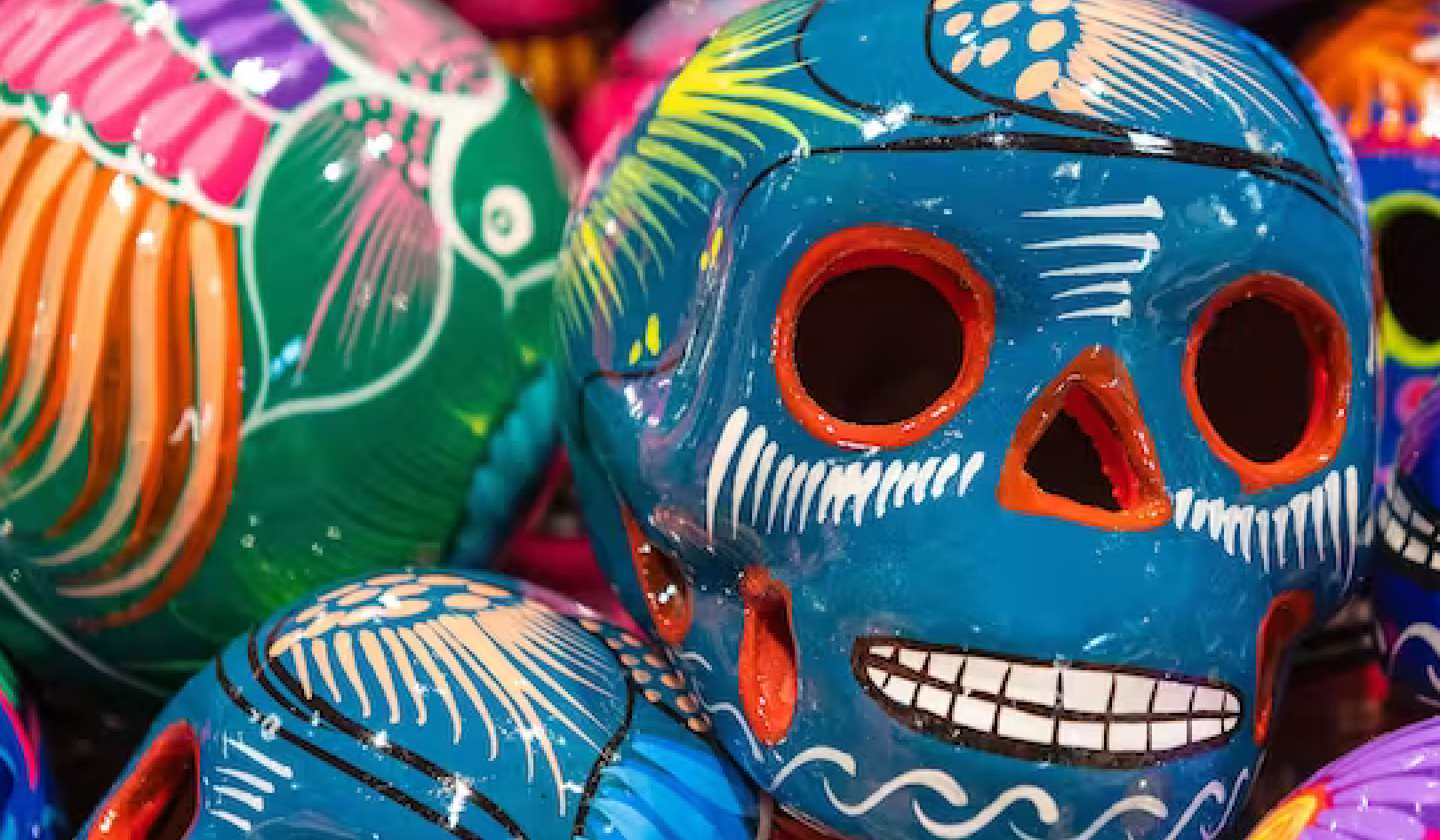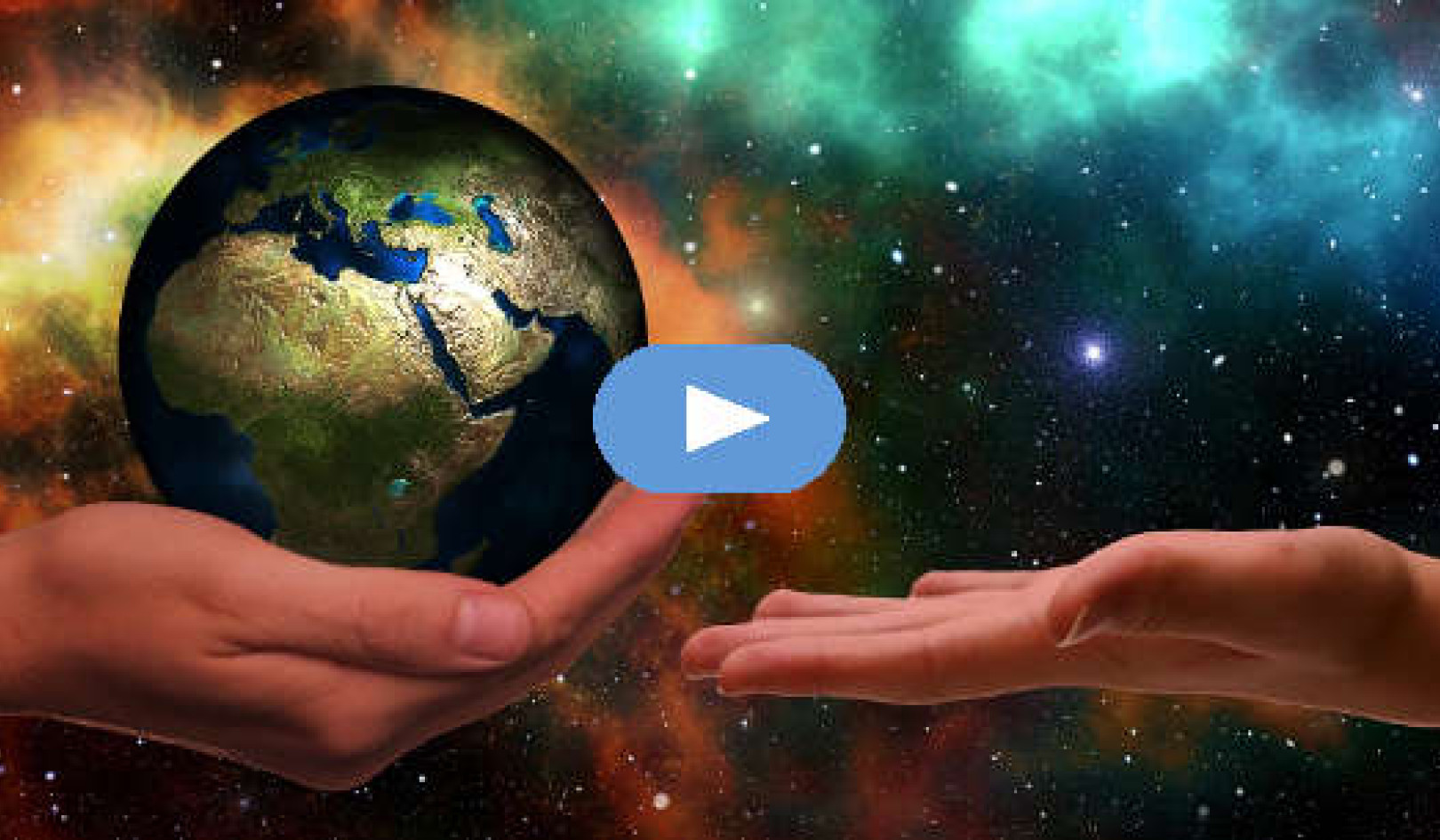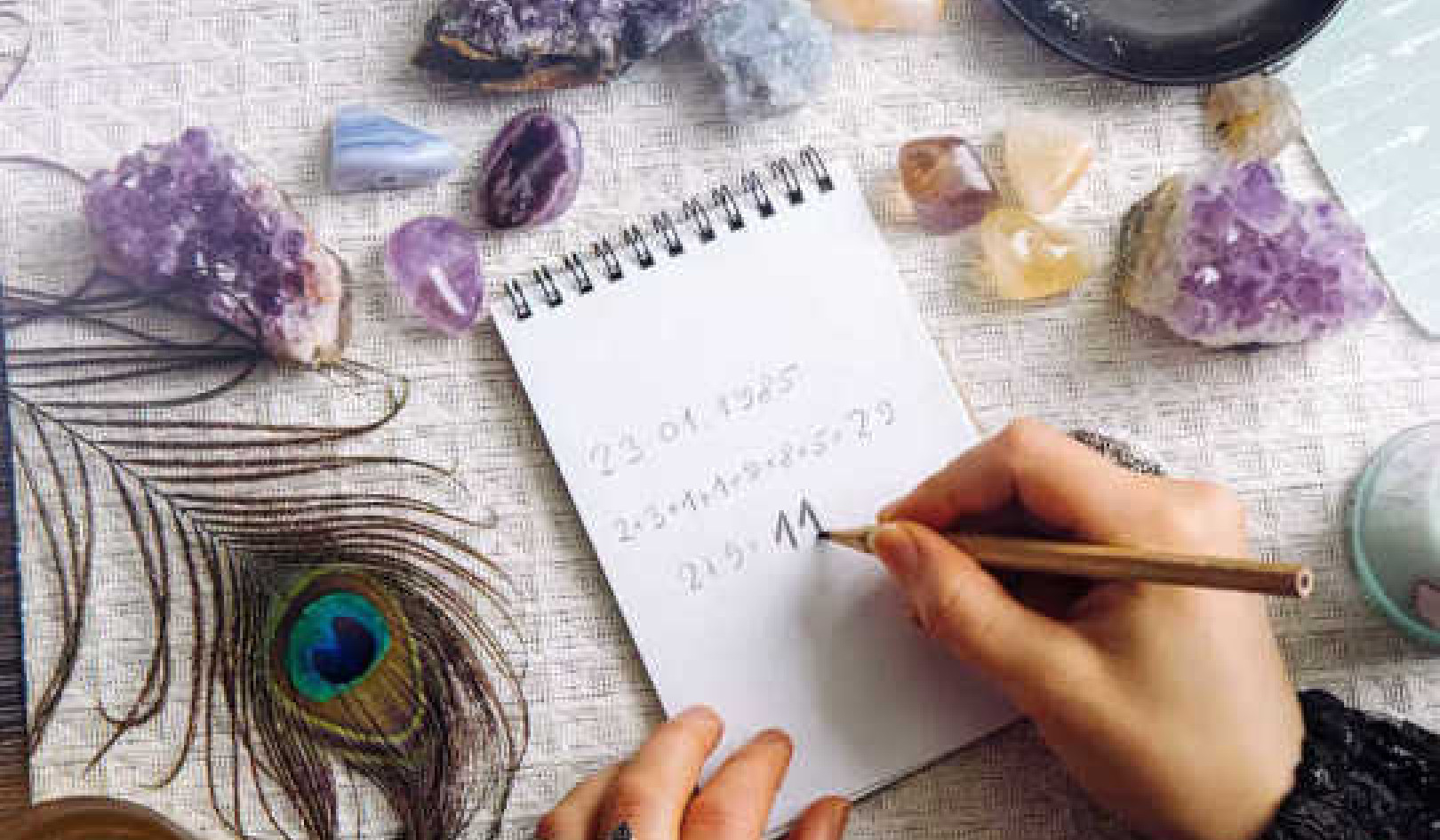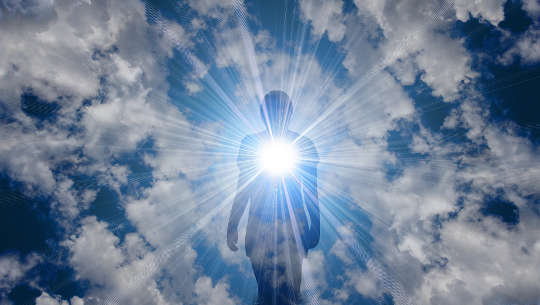
Image by Gerd Altmann
Narrated by Marie T. Russell.
Editor's Note: In Buddhism, a bodhisattva is any person who is on the path towards Buddhahood.
The main characteristic of a bodhisattva is her quality of presence, meaning she is fully present in the here and now. This presence is tender, modest, and powerful at the same time. It has a quality of nakedness, as it is not dressed in impressive or outstanding characteristics. A bodhisattva has no personality that draws the attention of TV cameras. A bodhisattva has no personality in the sense of a set of closely knitted character traits that hide one’s inner being. She may therefore be difficult to discover and even more difficult to relate to, as she does not give you an easy handle to get ahold of her.
You cannot push or pull a bodhisattva. If you want to hit him, it’s as if you’re striking thin air. If you want to insult him, there seems to be nobody there to be insulted. And if you want to love him, he eludes all the possessive clinging that love so often entails.
Yet a bodhisattva is very much present. She is there when you just decided to give up on her and you stopped loving, fearing, or looking for her. If she is there, you feel yourself surrounded by a loving presence, a kind of energy that you can only feel after you become quiet of wanting it. It’s a healing energy in the truest sense, as it heals the divisive actions of the mind. It’s an energy that fills the fissures and gaps in the heart of humankind. A bodhisattva brings peace into this world not as a political solution, but as a living experience. She is a grassroots peacekeeper, kind yet fearless.
A bodhisattva brings light into this world not out of a crusade against the dark and evil forces, but out of the sheer joy of radiating his true essence in all directions and in every situation.
A bodhisattva brings healing into this world not out of fear of sickness and death, but out of bringing people back to their true nature, their original pureness: the inner light of their own soul, heart, and mind.
Being "A Light unto this World"
The yoga of courage and compassion is in fact a pilgrimage to arrive at this inner light and to become a “light unto this world.” It is not a pilgrimage to visit some holy place or meet a holy man. It’s all about becoming your own true self: becoming a bodhisattva. It’s about becoming Buddha, becoming Christ. It’s simply about becoming a real person.
As long as we do not have the courage to cross the distance that separates us from a bodhisattva, from Buddha and Christ, we remain imprisoned in our own dualistic mind. As long as we do not have the courage and the power to break through the walls that separate the Buddha and the Christ, Buddhism and Christianity, East and West, north and south, peace will not have a chance. As long as we need to preserve our cherished identities of being so different from one another—Jew, Muslim, Hindu, Christian, Buddhist—we shall never be able to identify our deepest, innermost nature. In the depths of our being we are all brothers and sisters, we are all One. Only from the depths of our being can we be truly loving and compassionate.
To become One is the final goal of our pilgrimage. Only then will peace have a chance. Inner peace and world peace will then be fundamentally one and the same, as the one (inner peace) cannot possibly exist without the other (world peace). In the depths of our being we are one another’s brothers and sisters. We are all One.
This may still seem a distant ideal, but it’s the only option for our survival as a human race.
What Is True Peacekeeping?
True peacekeeping means training our bodies and minds in such a way that peace becomes a living experience, the most precious gift from our souls.
The yoga of courage and compassion may guide your way into and right through your body mind in order to experience the inner light of peace. It may then help you to guide this inner light out into the world, until the last blade of grass is touched by you.
Buddha’s Basic Breathing Meditation
Find a comfortable position and follow ten cycles of breathing with full attentiveness.
Meditative Breathing Exercises
Sit straight on a chair or cross-legged or in half-lotus on a cushion on the floor.
Feel yourself well connected with the earth beneath you.
Place your right hand in your left palm. The tips of your thumbs lightly touch each other.
The tip of your tongue lightly touches your palate just behind the front teeth.
Connect with the earth beneath you through the triangle of your two sitting bones and your tailbone.
Generate the bowl, visualize it, and let it become a living experience.
Generate the center within the space of the bowl. Visualize it radiating white light.
Generate a thread of white light through your spinal column, connected to the energy centers above the head and at the bottom of the bowl.
Generate the energy field within and around your body.
Open your heart of courage and compassion.
Visualize a beautiful, soft white light in the spot between and a little above your eyes.
Feel an inner connection between the light in the center of your bowl and the light between your eyes.
Breathe in and go with your attention from within the center of your bowl, through your spine, over the midline of your head, and into the space between your eyes.
Stop there for a brief moment.
Breathe out and go with your attention downward—down your nose, tongue, throat, chest, stomach, belly, bowl, and into its center.
Silently make the sounds OM . . . AH . . . HUM . . .
OM breathing in, AH pausing in the space between your eyes, HUM breathing out.
Repeat seven times . . .
Relax and, with a soft inner smile, let the light between your eyes quietly spread over your face . . . into your head . . . down your shoulders, down your arms, filling your chest, filling your belly and bowl . . . spreading into your legs, feet, and toes. Spreading beyond your body, filling the room you are in . . . your house . . . the street . . .
Let it spread as far as it naturally goes, entering all the dark corners, anywhere there is suffering . . . alleviating, transforming, enlightening.
Meditation in Action
Experiment with this living, transforming light wherever you are, whatever you do, whomever you are with.
Heal the world by your presence.
English translation ©2021 by William Yang.
Reprinted with permission of the publisher,
Inner Traditions Intl. www.InnerTraditions.com.
Article Source
Yoga of Courage and Compassion: Conscious Breathing and Guided Meditation
by William Yang
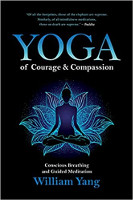 Through decades of teaching yoga and meditation to cancer patients, William Yang witnessed hundreds of breakthroughs into radical presence and openheartedness. In many ways, his patients taught him more than he taught them. From this collaboration with the sick and dying, Yang developed a series of simple, practical, and profound conscious breathing, movement, and meditation exercises that help to bypass the ego-centered mind, open the heart, and live fearlessly in the present moment.
Through decades of teaching yoga and meditation to cancer patients, William Yang witnessed hundreds of breakthroughs into radical presence and openheartedness. In many ways, his patients taught him more than he taught them. From this collaboration with the sick and dying, Yang developed a series of simple, practical, and profound conscious breathing, movement, and meditation exercises that help to bypass the ego-centered mind, open the heart, and live fearlessly in the present moment.
William Yang’s exercises begin with an invitation to rediscover a natural and unforced way of breathing, so we can let go of our anxious ego and let life in again. From there, enlarging the sequence step by step, the author focuses on grounding and connecting with Mother Earth, working with the spine to develop a new sense of self-confidence, and opening the heart to love again.
As we shed elements of the stressed, anxious person we once were, we are able to be more attuned to the world around us in a loving and caring way. Through the lessons learned from his cancer patients, the author shows how, with courage and compassion, we can live and love without reservation at any time in our lives.
For more info and/or to order this book, click here. Also available as a Kindle edition
About the Author
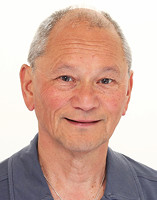 William Yang has been teaching relaxation, breathing, meditation, and yoga exercises to cancer patients since the early 1980s. Inspired by the benefits patients reported in the hospital where he worked, he founded a center dedicated to these programs, which in a later phase went on to become the William Yang Foundation, based in the Netherlands.
William Yang has been teaching relaxation, breathing, meditation, and yoga exercises to cancer patients since the early 1980s. Inspired by the benefits patients reported in the hospital where he worked, he founded a center dedicated to these programs, which in a later phase went on to become the William Yang Foundation, based in the Netherlands.
In 1995 he received the Dr. Marco de Vries award in bio-psychosocial medicine and in 2005 he became a knight of the order of Oranje Nassau, an honor bestowed by H.M. Queen Beatrix for his work with cancer patients and disadvantaged children in India.


















